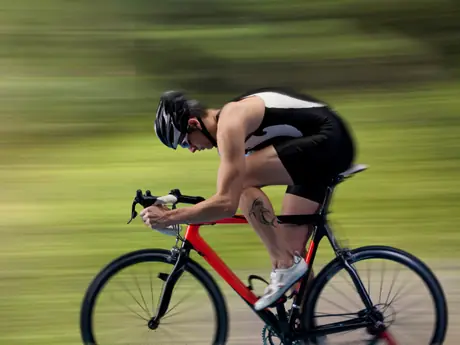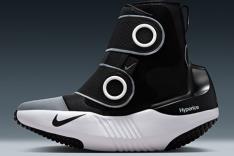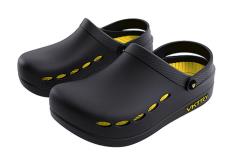
As coaches of a team of primarily long course triathletes, we feel that a power meter is one of the best investments you make in your training and racing. But if that investment isn't in the cards for you, or you have a power meter but aren't quite sure how to use it, we'd like to give you some lessons on how to ride the Ironman bike course—lessons learned from having lived in the world of power-racing-and-training triathletes for nearly a decade. But first...
What is 'Power' on a Bike?
Very simply, power is the work you are performing, in real time, as you pedal your bike down the road. The unit of measurement is a watt. Think of a watt as the product of how hard you push down on the pedals with each pedal stroke and how often you push down on those pedals—your cadence.
Most importantly, power is an objective measurement of the work performed and is unclouded by heart rate and perceived exertion—your body's responses to the work performed.
This work is performed by your body, is applied to the cranks, is transferred to the rear wheel through the chainrings and chain, then applied to the rear wheel, which applies that power to the road. That power is used to counteract the variables of the mass of the rider, percent grade of the road, wind resistance, and the friction of the tires. The bike moves down the road and the product of all of this is speed. More work performed equals more power to the rear wheel, which means the bike goes faster, holding all other variables constant.
More: 5 Simple Ways to Increase Power on the Bike
Average Power
So you pedal the bike for a couple hours and your power meter spits out another number, Average Watts, which is exactly what it sounds like: the average watts you produced across your 2-hour ride. This average includes the huge power surge you threw down to the get up that hill, the coasting on the other side, etc.
Most importantly, average power is the physics of you riding your bike.
That is, average watts applied to a bike course of distance X, with percentage grades of Y, by a rider of weight A, wind resistance B, and rolling resistance C, equals a bike split.
However, average power doesn't tell the complete story: a hilly bike ride and a flat bike ride can have the same average powers but two very different rider experiences. What average power doesn't do is:
- Capture the high metabolic cost of high watts.
- Allow us to accurately compare two rides on different courses by the same rider.
- 1
- of
- 2
About the Author









Discuss This Article